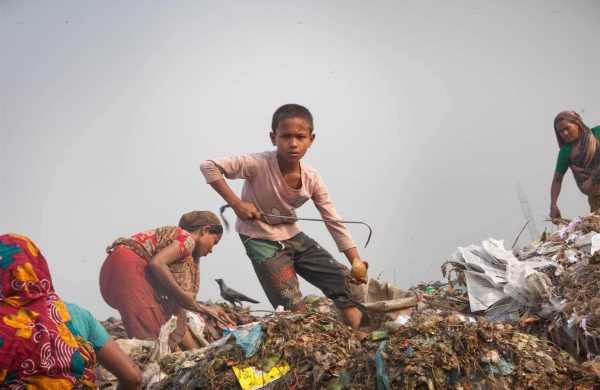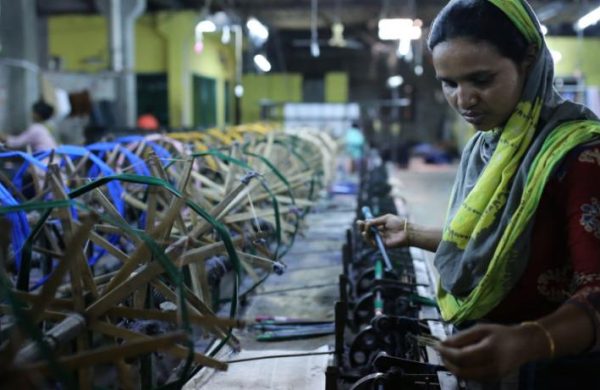138m children still in work globally: Reports
- Update Time : Wednesday, June 11, 2025

TDS Desk:
About 138 million children were involved in child labour, with approximately 54 million engaged in hazardous work that poses serious risks to their health, safety, or development in 2024, as per the new findings by the ILO and UNICEF.
Two organisations revealed this releasing their joint report titled “Child Labour: Global estimates 2024, trends and the road forward” on Wednesday, a day ahead of the World Day Against Child Labour and on International Day of Play.
According to the latest data, child labour has decreased by over 22 million since 2020, marking a reversal of the troubling increase observed between 2016 and 2020. However, despite this progress, the global goal of eradicating child labour by 2025 remains out of reach.
“The findings of our report offer hope and show that progress is possible. Children belong in school, not in work. Parents must themselves be supported and have access to decent work so that they can afford to ensure that their children are in classrooms and not selling things in markets or working in family farms to help support their family. But we must not be blindsided, we still have a long way to go before we achieve our goal of eliminating child labour,” said the ILO’s Director-General, Gilbert F Houngbo.
Agriculture continues to be the leading sector for child labour, accounting for 61% of all cases, followed by services—such as domestic work and street vending—at 27%, and industry, including mining and manufacturing, at 13%.
Regionally, Asia and the Pacific recorded the most significant drop in child labour since 2020, with the prevalence falling from 5.6% to 3.1%—a reduction from 49 million to 28 million children. In Latin America and the Caribbean, the report highlights an 8% relative decline in prevalence and an 11% decrease in the total number of children engaged in labour.
Sub-Saharan Africa remains the most affected region, bearing nearly two-thirds of the global child labour burden—approximately 87 million children. Although the prevalence decreased slightly from 23.9% to 21.5%, the absolute number has remained unchanged due to rapid population growth.
“The world has made significant progress in reducing the number of children forced into labour. Yet far too many children continue to toil in mines, factories or fields, often doing hazardous work to survive,” said UNICEF Executive Director Catherine Russell.
“We know that progress towards ending child labour is possible by applying legal safeguards, expanded social protection, investment in free, quality education, and better access to decent work for adults. Global funding cuts threaten to roll back hard-earned gains. We must recommit to ensuring that children are in classrooms and playgrounds, not at work,” she added.
The agencies warn that sustained—and increased—funding, both globally and domestically, is more critical than ever to preserve recent progress in reducing child labour. Cuts to education, social protection, and livelihood support risk pushing vulnerable families into deeper hardship, potentially forcing children into work. At the same time, declining investment in data collection hampers the ability to monitor and effectively respond to the issue.
Child labour undermines children’s education, restricts their rights and future opportunities, and exposes them to physical and psychological harm. It is both a symptom and a driver of poverty, with limited access to quality education often compelling families to send their children to work, thereby entrenching cycles of intergenerational deprivation.
The report notes that boys are more likely than girls to be engaged in child labour across all age groups. However, when unpaid household chores exceeding 21 hours per week are taken into account, the gender gap reverses, revealing a heavier burden on girls.
Since 2000, the number of children engaged in child labour has been nearly cut in half—from 246 million to 138 million. While this marks substantial progress, the current rate of decline remains too slow. The world is not on course to meet the 2025 target for eliminating child labour. progress would need to be accelerated elevenfold to achieve that goal within the next five years.



















